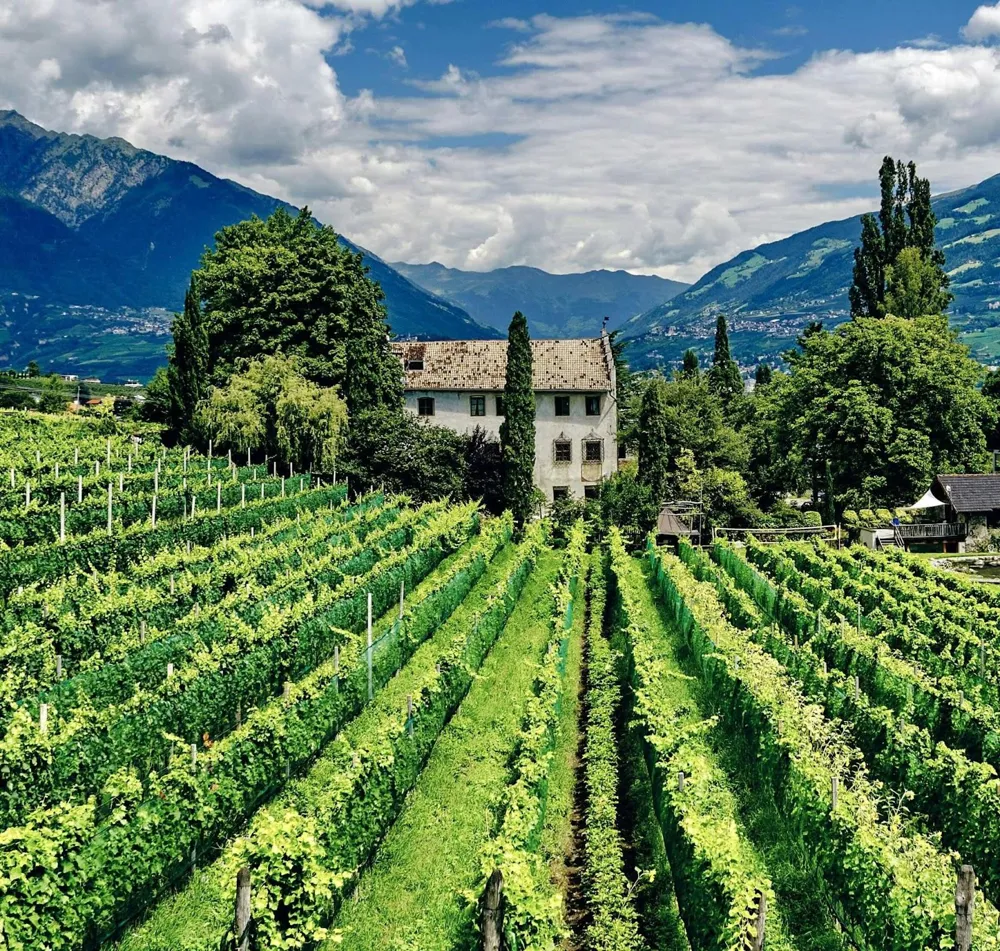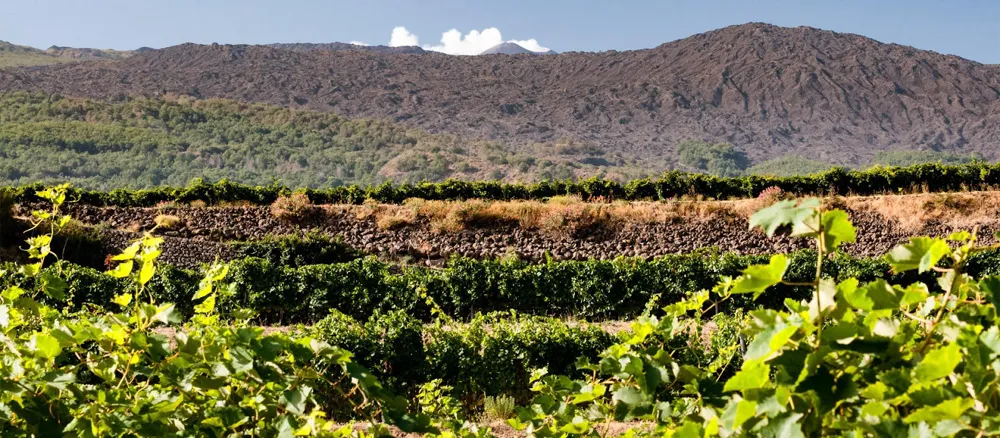Pinot Noir Beyond Burgundy World Tour III: Italy
We love Pinot Noir for a variety of reasons: its elegance and finesse that stand out amidst the bold, rich red wines; its versatility of styles and food pairing abilities; and its potential to craft the world's finest, most complex wines despite being high maintenance in the vineyards and in the cellar.
In the world of Pinot Noir, Burgundy is its spiritual home without doubt. But it's gaining popularity all over the world. In the past articles, we discovered Pinot Noir from France and Spartburgunder from Germany.
As a wine production powerhouse, Italy has its own stunning offerings: Barolo, Brunello di Montalcino, Super Tuscan, and more than 400 indigenous varieties. Italy is probably not the first country you'd think of if you're seeking a good Pinot Noir. Locally, called Pinot Nero with, is mostly found in the north of Italy, in wine regions like Trentino-Alto Adige, Lombardy, and Veneto.
In fact, you can find Pinot Nero throughout Italy, from the northern borders to the island of Sicily. To many's surprise, the warm central and southern Italy are not deterred by Pinot Noir's affinity for cool and moderate climates. As a narrow, mountainous country, there are many places with microclimates suitable for Pinot Noir growing. High altitude is key, as are north or west-facing vineyards.
Alto Adige, The Italian Home of Pinot Noir
A significant amount of Italy's Pinot Noir plantings are used for sparkling wines, such as Franciacorta, Italy's answer to Champagne, and the lesser-known yet equally fine Oltrepo Pavese Metodo Classico, and Piedmont's Alta Langa. For still Pinot Noir, Alto Adige is the center.

In Alto Adige, the late winemaker Franz Haas is the icon of Italian Pinot Nero. With nearly forty years of firsthand experience in harvests, Haas crafted extraordinary wines that closely approached his ideal of Burgundy Pinot Noir-style perfection. He regarded Pinot Nero as the epitome of elegance in wine, and his dedication to its refinement is evident in his extensive studies of almost 600 different vinifications. Haas's influence extended beyond his own cellar, shaping the practices of the younger generation of winemakers.
It's difficult to assign a style to the Pinot Noir from Alto Adige. The region features 300 days of annual sunshine and altitudes from 200 to 1,000 meters above sea level. Situated between the Italian Alps and the Dolomites, the Adige valley also welcomes winds, constant heat, and significant precipitation spread from May to November.
This microclimate, with its large variations in daytime and nighttime temperatures, creates different styles of Pinot Nero wines, from light and perfumed to complex with depth. Regardless, the purity brought by the mountains is always evident.
Pinot Noir Throughout Italy
In the home of Barolo, the famous Piedmontese producer, G.D. Vajra experimented with Pinot Nero from the highest part of the Bricco delle Viole, also called Bricco di Vergne, between Barolo and La Morra. At an altitude of about 500 meters, the region's king grape Nebbiolo has become difficult to grow. It's where Pinot Noir shines. The result is a complex, elegant Pinot in Piedmont style.
In Valle d'Aosta, the Italian Alps, Pinot Noir has a historical presence spanning many centuries, but its modern iteration emerged in the 1970s. Grosjean winery, the reference producer of Valle d'Aosta, has been growing Pinot Noir for 50 years and has been dedicated to its production, opting to cultivate the grape on steep, sun-exposed terrains.
Oltrepo Pavese in Lombardy is the capital of Pinot Noir in Italy. It is home to the third largest international plantings of Pinot Noir vines. The well-drained soils rich in clay and calcareous marl and the influence of the River Po. Because of the warm climate, most Pinot Noir is used for sparkling production with early harvest. Its thin skins are perfect for the production of Blanc de Noirs. The still Pinot Noir has its own DOC as Pinot Nero dell'Oltrepò Pavese. The Pinot Noir from here is usually more intense, powerful, and structured.
In Sicily, Pinot Noir meets the volcanic terroir of Mount Etna. Despite its southerly location, Mount Etna presents an "Alpine" cooler climate. Several Etna producers produce Pinot Nero wines, though not part of the Etna DOC. The combination of finesse and elegance with high altitude, mineral-rich soil is a unique offering.

As we finish the tour in Italy, we have selected some of Italy's finest Pinot Noir for you to taste. Stay tuned for our next guide, which will take you to the home of Pinot Noir in the United States: Napa Valley, Sonoma, and Oregon.
Sylvia Ba



